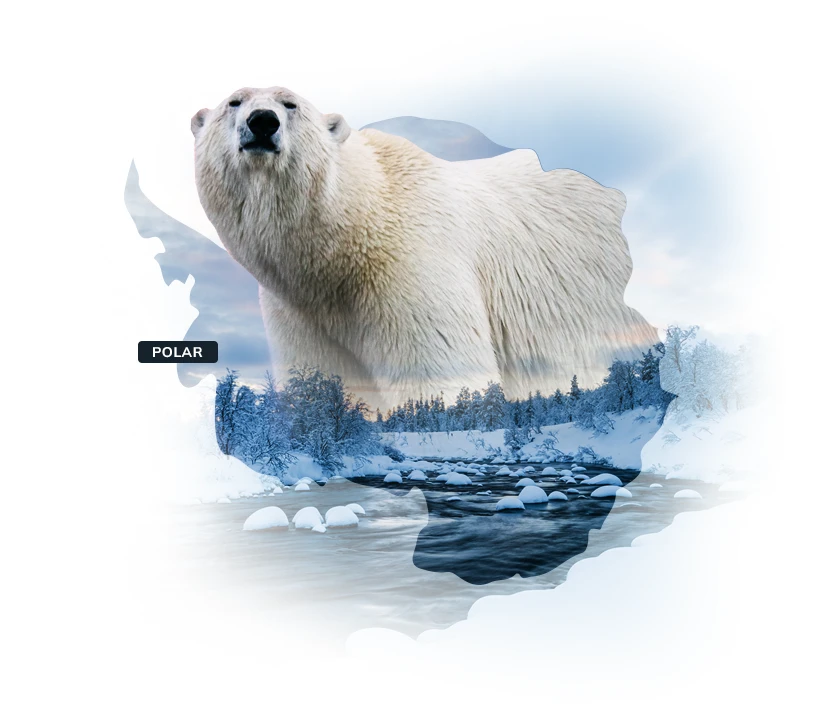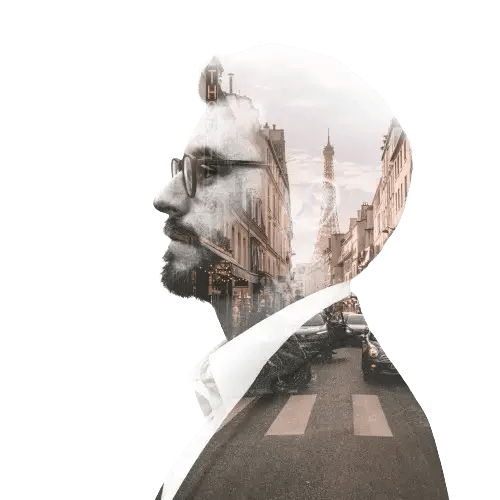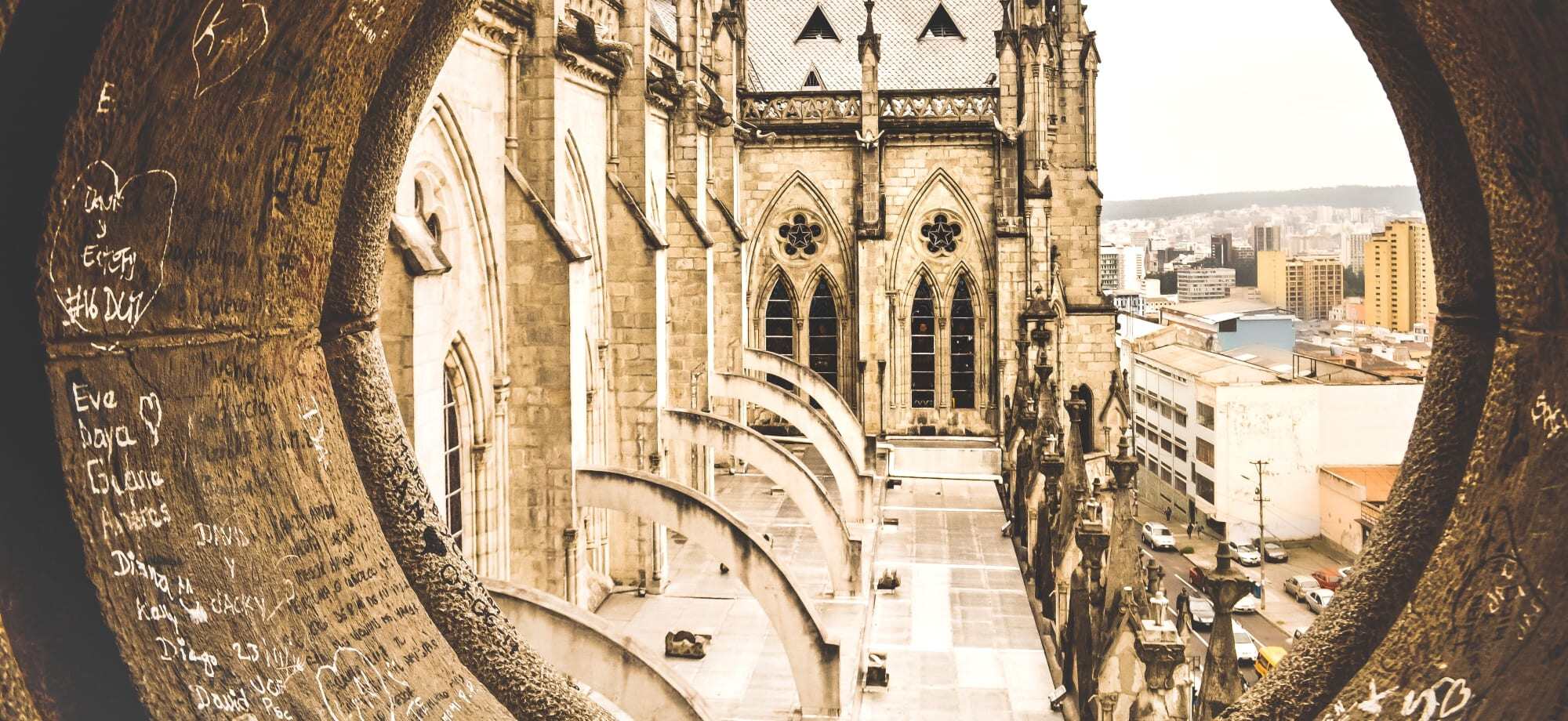Set in a cordillera of mountains and volcanoes, Ecuador’s rich natural environment is mirrored by its capital city’s diverse cultural scene
 Visit Ecuador's beautiful capital city full of culture, overlooked by the highlands
Visit Ecuador's beautiful capital city full of culture, overlooked by the highlands
Surrounded by highlands, overlooked by volcanic peaks and immersed in the warm traditions of the sierra - Quito signifies more than just the beginning of an Ecuadorian adventure.
Villa de San Francisco de Quito has a certain breathlessness. At almost 3,000 meters above sea level, the capital city of Ecuador is situated on the slope of Volcán Pichincha, close to the sun and even closer to the equator line.
Despite its elevation, compared with other South American cities Quito is considerably understated. It is the meeting place of two hemispheres, a centre nestled effortlessly into a spot of sublime natural beauty: the Andean Valley.
The first capital city to be granted UNESCO World Heritage status in 1978, a venture through the steep cobbled streets towards the Centro Historico takes visitors on a winding tour of balconies and iron-grilled doorways, secluded gardens and baroque mansions.
Despite liberation from Spanish colonial rule in 1822, this presence is still vivid in the city’s architectural style.
Quito prides itself on having one of the largest and best restored historic centres in South America. Where the well-preserved squares and fountains are prominent, Quito’s provenance looks back on a complex history where fights for independence were rife.
Today, the outline of church towers point upwards towards the volcanoes that encircle the Quito basin, just the same as they did hundreds of years ago.
A gaze towards the sky in this city is met with the watchful eye of the Virgen de El Panecillo, the Winged Virgin gracefully guarding the land upon the hillside.
For thrill seekers, gain panoramic views of the Quito basin up the slopes of Rucu Pichincha on the TeleferiQo, one of the world’s highest gondolas. Conquer the slopes by foot or horseback for supreme sights at the very top.
Descending back into the city, an afternoon of market musing over panama hats and colourful goods is readily accessible in Quito’s boho-chic, alternative neighbourhood of La Floresta.
The altitude of Quito brings with it an evening chill. At dusk, enjoy a warming canelazo (a cocktail with cinnamon, sugar and cane spirit locally called aguardiente or “fire water”) on the Calle de la Ronda. Watch how this quaint cobbled street by day turns into a bustling hub at night with talented performers, live musicians and street vendors.
Feel the warmth of Quito’s culture welcome you to Ecuador.
Your Luxury Trip Ideas
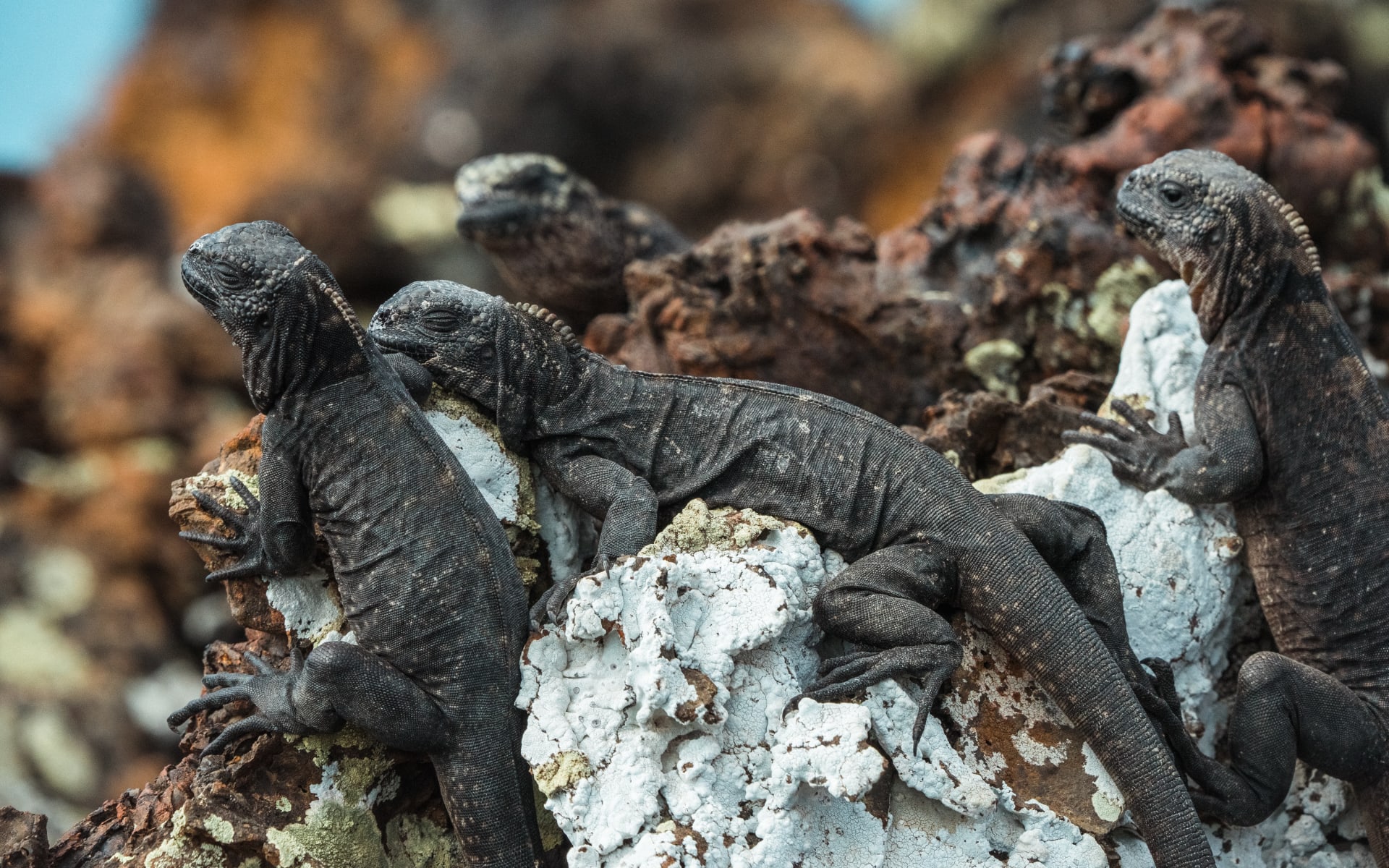
Ecuador Wildlife Tour
Interact with the world's most unique species, experience the Amazon by houseboat and the Galápagos ...
Discover MoreWhen to go to Quito
The sun rises and sets at the same time every day throughout the year in Quito. Being set in the highlands of Ecuador, the weather is usually pretty temperate. Generally, the best time to visit is during the dry season running from June to September. This is also peak season in confluence with school holidays.
In August, the ‘Verano de las Artes’ takes place in Quito, and this a particularly charming time to visit. Literally translating to ‘the summer of arts’, this under-publicised event is one of Ecuador’s modern cultural secrets. Yet, if you’re looking onwards towards the coast it might be worth braving the spotted showers of the rainy season from October through to May. This is still an enjoyable time to visit.
WEATHER CHART:
- Excellent
- GOOD
- POOR
Need to chat?
Find out more and tailor your perfect trip with the help of our specialist team
Enquire OnlineMore inspiration from Wayfairer customers and travel specialists
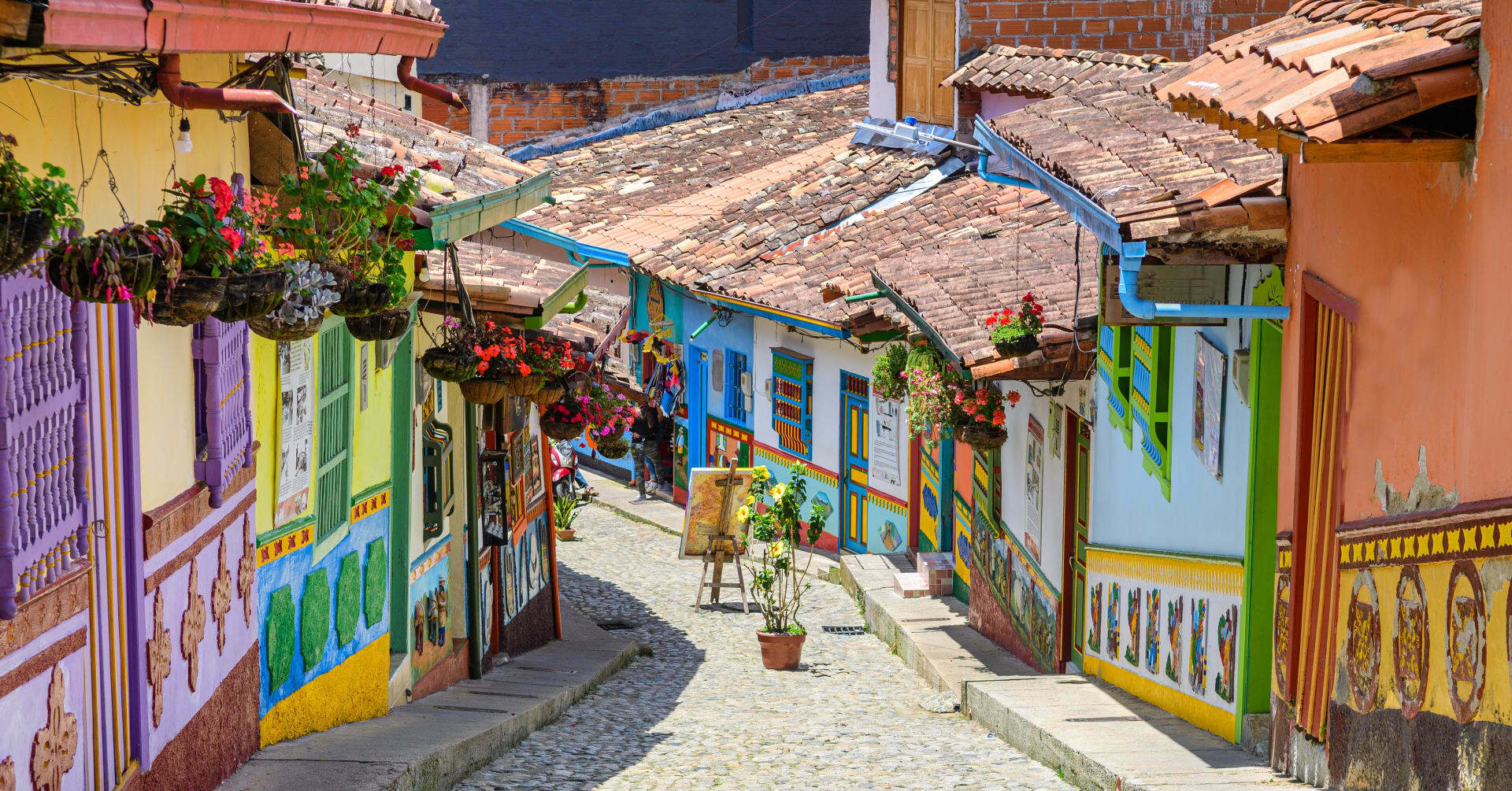
The 6 Best Countries to Visit in South America
January 10, 2025
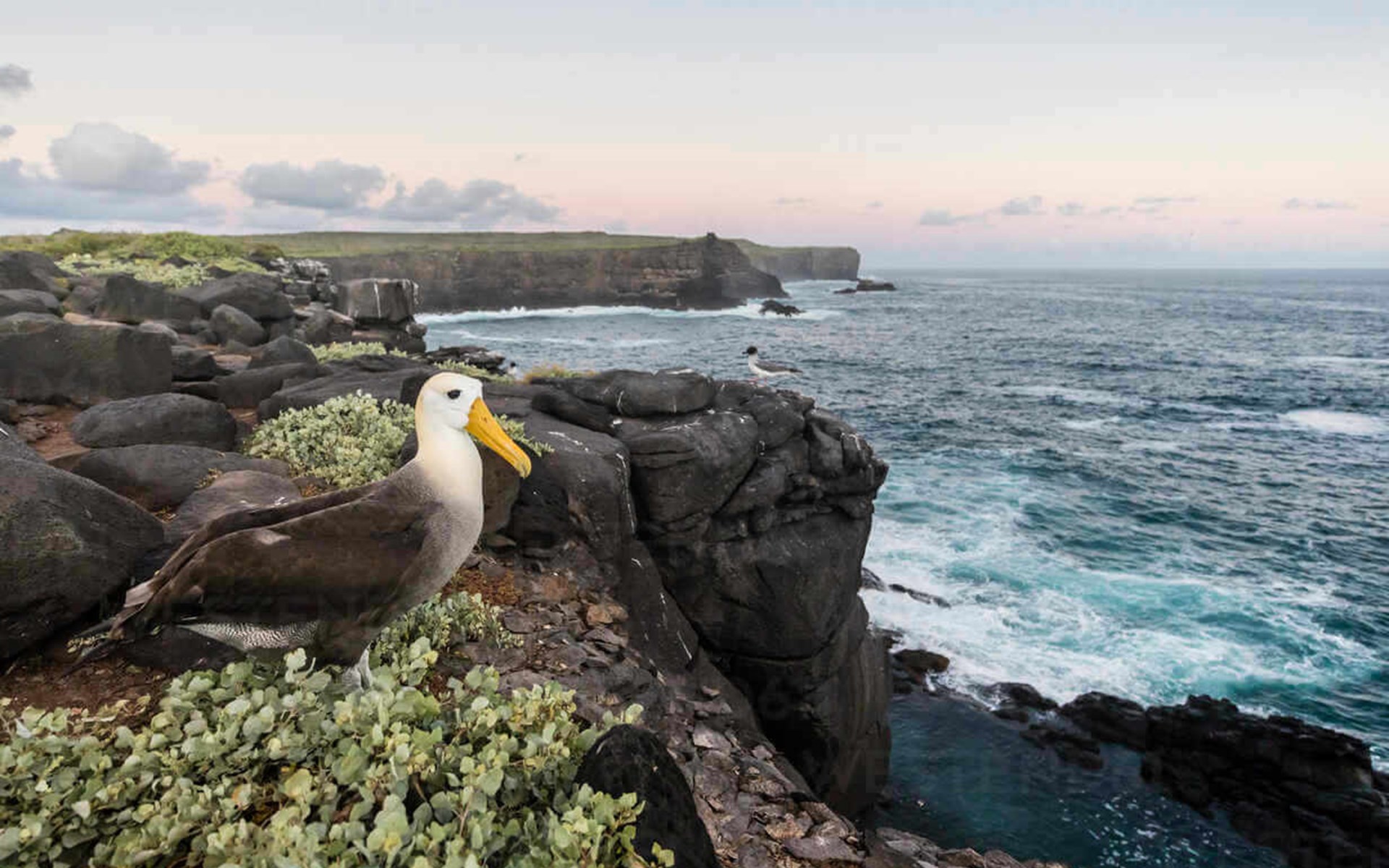
The Remarkable Wildlife & Animals of Ecuador
April 04, 2025
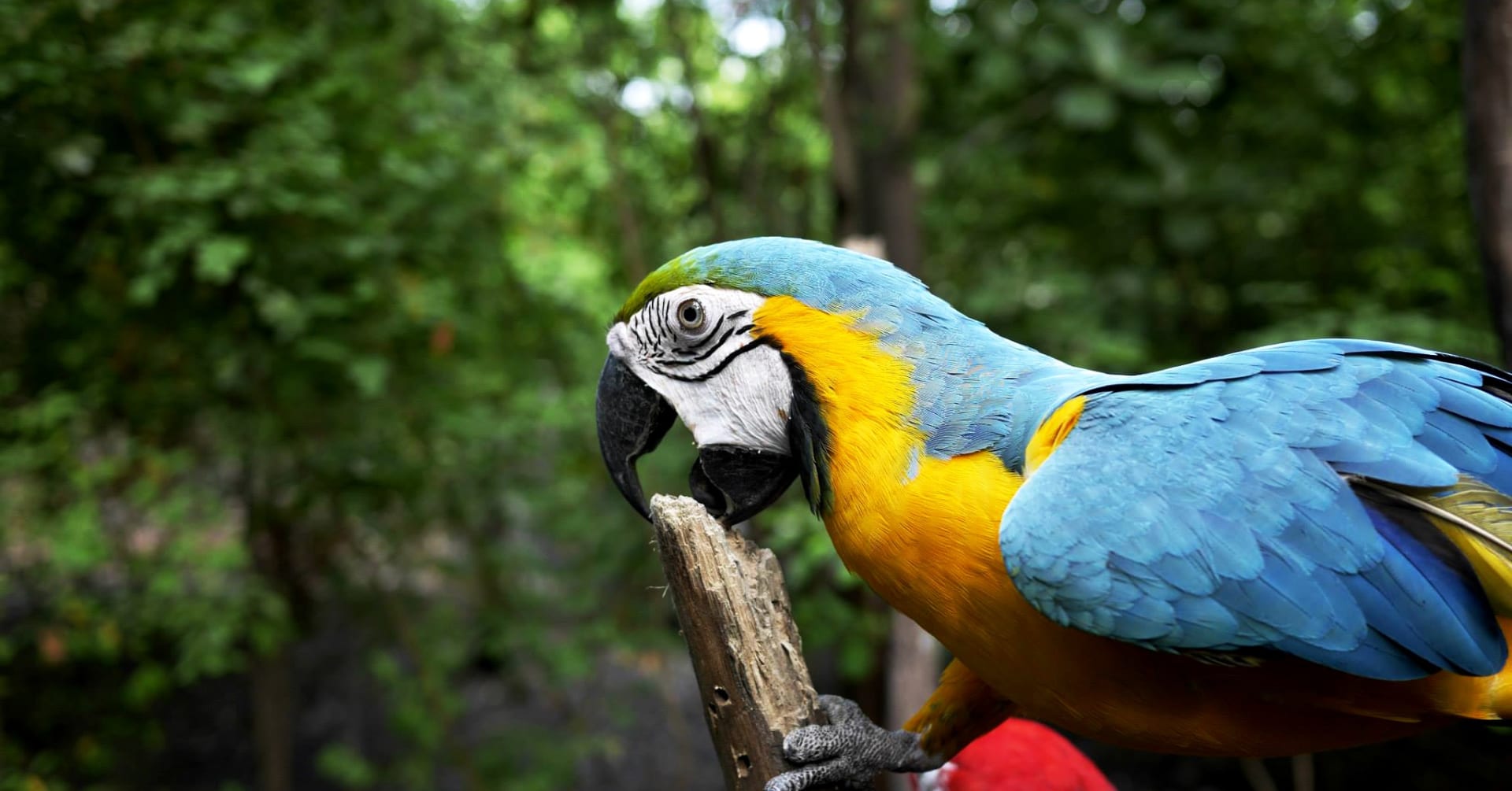
Responsible Travel Guide: Ecuador
December 31, 2023
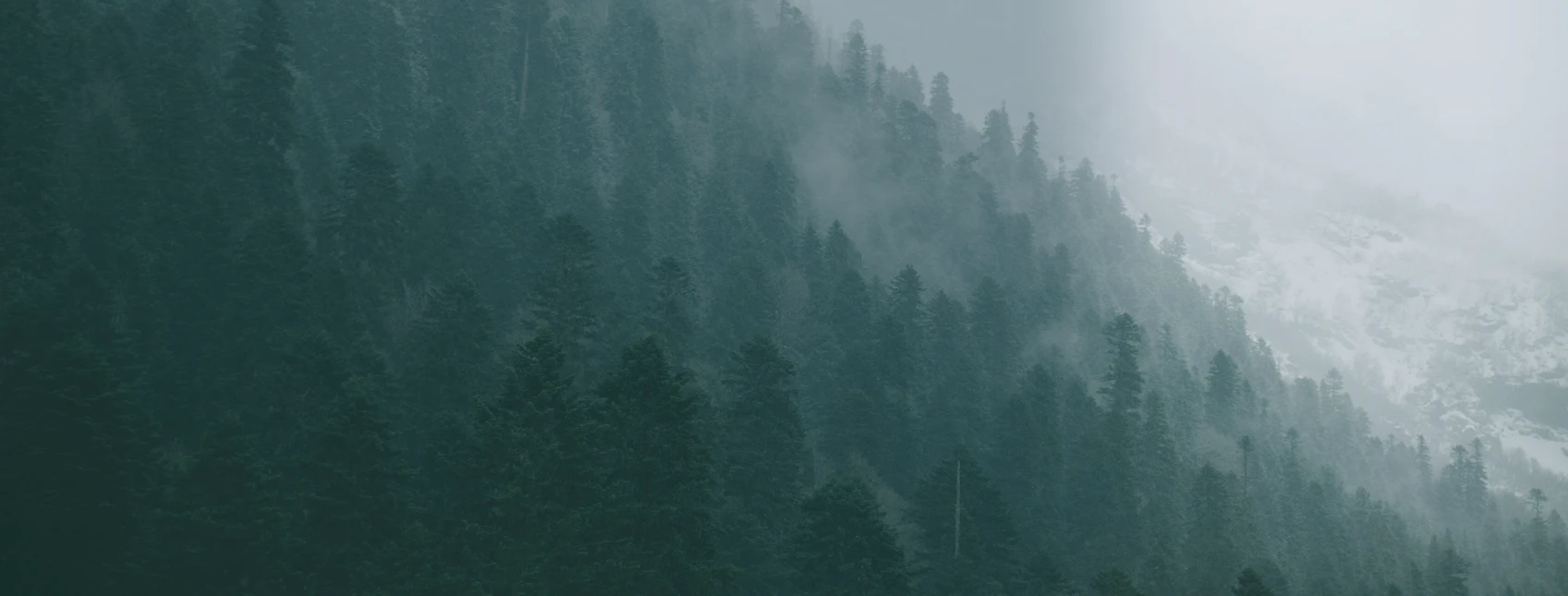
Sign up to our newsletter
For more travel inspiration delivered straight to your inbox just fill in your details here





